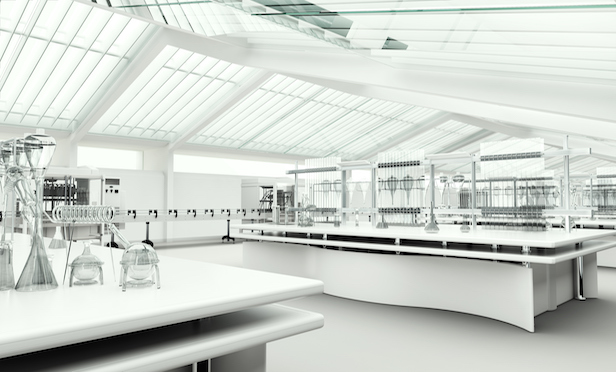BTS Projects Dominate Contracting Life Sciences Construction Pipeline

The period of rapid expansion in the life sciences sector has passed, as the construction pipeline has decelerated in all markets and a period of restrained development has emerged. As of Q2, the pipeline has contracted to just 3% of existing inventory, a slowdown that should give the market time to absorb the vacant space delivered over the past two years, according to Cushman & Wakefield’s life sciences update.
Nearly 8 million square feet is under construction, the lowest level since 2019. About two-thirds of the pipeline expected to be delivered by the end of 2026 is preleased, which represents the highest preleasing rate seen in recent years. Boston has the largest share, with more than 2 million square feet expected to deliver by the end of this year, nearly 60% of which is preleased.
A marked trend away from speculative construction began this year, and build-to-suit competitions account for more than half of total completions year to date.
Although rents in the U.S. life sciences sector are softening, they remain 31% higher than office rents in the same locations. The premium is particularly pronounced in Boston and San Diego, where life sciences rents were 75% and 70% higher, respectively. Rents may soften further, particularly in oversupplied markets, but a sustained premium in life sciences continues to make it an attractive asset for investors, the report said.
Overall, Q2 asking rents in the life sciences sector remained flat at an average of $67.88 per square foot, which represents a 3.3% year-over-year decline, the update showed.
Vacancy climbed to a new high at 23.9% during the quarter, a 70-basis-point increase quarter over quarter and 520 basis points year over year, driven by direct and sublease vacancy. Direct vacancies totaled 19.9% during the quarter and vacant sublease space increased to 4%.
New vacant construction is also pushing the vacancy rate higher across most markets, but as the construction pipeline continues to contract, that trend is moderating. Markets with tighter construction pipelines – including New Jersey, Philadelphia and Los Angeles-Orange County – have maintained vacancy rates below 10%.
Lab and cGMP inventory totals 230 million square feet today, up from 151 million square feet five years ago. Boston has received the most new inventory, with nearly 23 million square feet added between the fourth quarter of 2020 and the second quarter of this year. The San Francisco Bay area has added 11 million square feet during the same period. While their total space added is smaller, both Chicago and suburban Maryland have dramatically increased their life science footprint over the past five years, said the report.
Source: GlobeSt/ALM